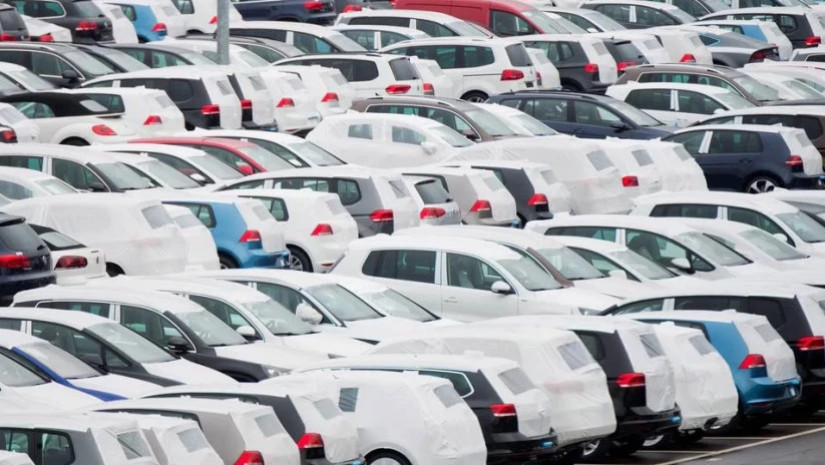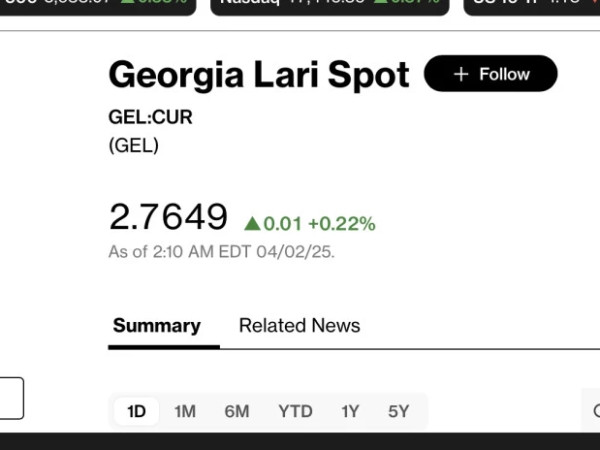Used-car markets across Europe saw sales pick up speed from February to March. But did all powertrains benefit from this trend? Tom Geggus, Autovista24 editor, examines the data with Autovista Group experts.
On average, two-to-four-year-old cars were sold more quickly in March 2025 than in February. Austria saw one of the greatest improvements, with 6.3 stock days saved between the two months.
The UK, Spain and Switzerland were not far behind, narrowing the gap by 5.6, 4.9 and 4.8 days on average respectively. Stock days in Germany shrank by 3.5 days, while Italy only managed to shave off 0.4 days. The time needed to sell a used car in France did increase, but only by 0.2 days on average.
However, not all powertrains saw the same speedy sales performance across these markets. In Austria, France, Italy, Spain and Switzerland, battery-electric vehicles (BEVs) took the longest time to sell.
The powertrain continues to struggle across many markets. Rapid technological development means used BEVs are ageing more quickly as consumers compare their capabilities with newer, more advanced models.
A lack of charging infrastructure development and deployment is also holding potential buyers back. For many, the shorter refuelling time of an internal-combustion engine (ICE) still appears more convenient.
The UK was the major exception to this trend, where BEVs were the fastest-selling powertrain. With the technology recording comparatively lower levels of value retention, some buyers were looking to snap up a deal.
Meanwhile, hybrid technology, including full (HEVs) and plug-in hybrids (PHEVs), recorded the fastest selling times across many markets. These powertrains were snapped up in France, Germany, Italy and Spain during March.
The technology offers a bridge for many buyers. The powertrain provides faster ICE refuelling and improved fuel economy thanks to the assistance of electric motors. This is leading to demand on the used-car market with shorter selling times.


















